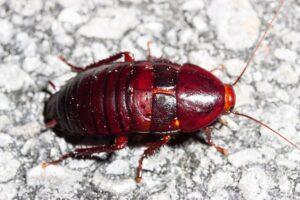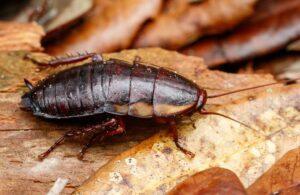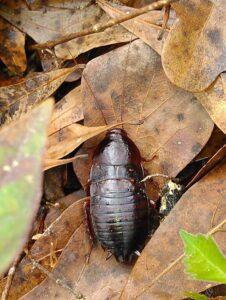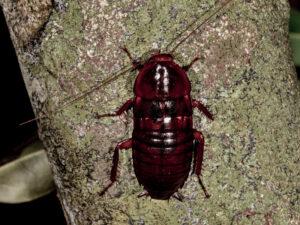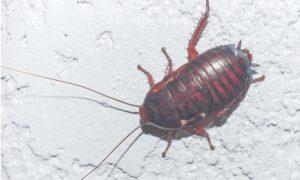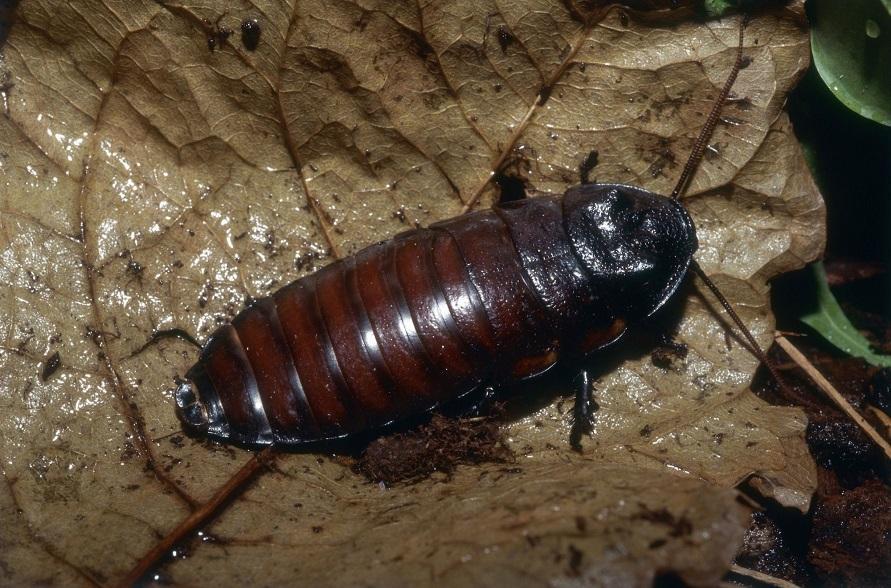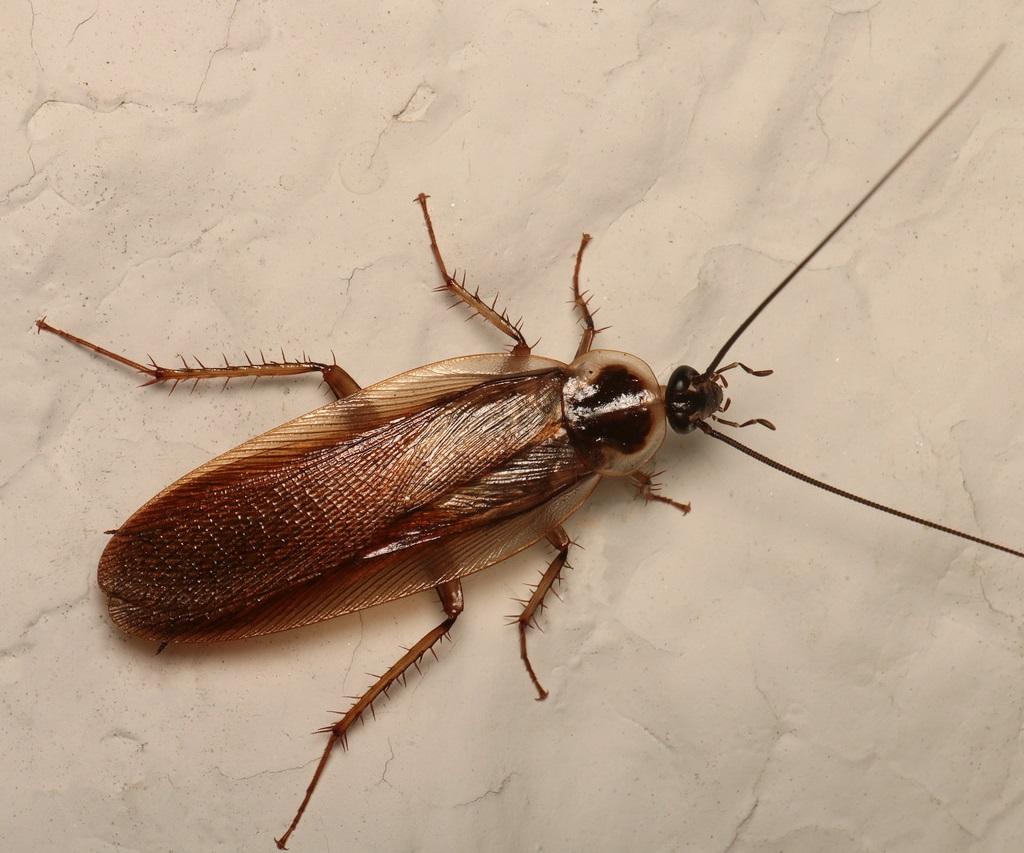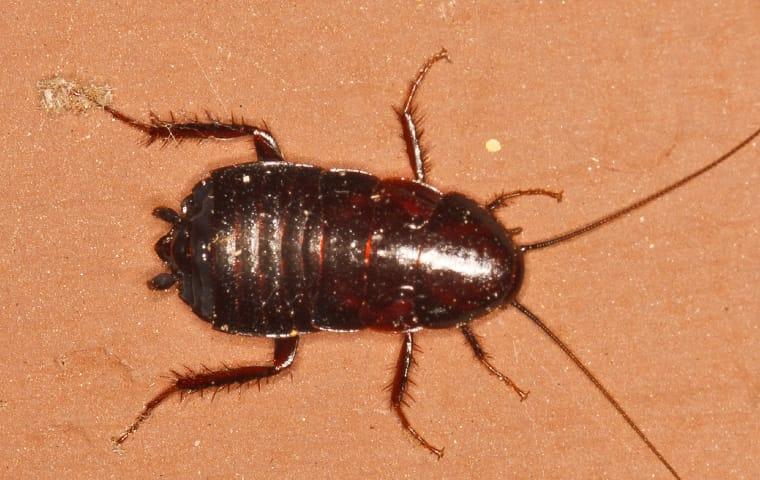Florida Woods Cockroach (Eurycotis floridana)
Updated on
17/11/2022The Florida woods cockroach is a native of Florida and the West Indies. It is also known by the names palmetto bug, Florida woods roach, and Florida cockroach. It moves slower than many other species of cockroaches.
It lives in damp locations with lots of moisture. Though the insect prefers the outdoors, it can come indoors and settle in damp places like bathrooms. But it is not considered a major pest.
Scientific Classification
- Class:Insecta
- Order:Blattodea
- Family:Blattidae
- Genus:Eurycotis
- Species:E. floridana
Conservation Status
Description
The large-sized cockroach reaches a length of 1.2-1.6 inches (30-40 mm) on average. Individuals can be as long as 2.429 inches (62 mm). Its body color is dark to blackish brown, or reddish brown when it just emerges from molting. The forewings are very short, extending just beyond the mesonotum (the dorsal plate behind the pronotum). There are no hind wings.
The males can mate 18 days after reaching maturity. The females produce dark brown egg cases every 8 days, after 55 days of attaining maturation. Each egg case contains 21-23 eggs.
Distribution: Southeastern region of the US consisting of Florida, and coastal regions of Georgia, Alabama, Mississippi, South Carolina, south and southeast Texas, Louisiana, and southeast North Carolina. It is also found in West Indies.
Habitat: It thrives in warm and damp subtropical or tropical climates. It thrives in sheltered outdoor places like under lumber, boards, leaf litter, in tree holes, crevices, wooded areas, and bushes. Its frequent occurrence on palmetto trees lent it one of its earliest common names, palmetto bug.
Do They Bite/Sting: Yes.
Lifespan: More than a year.
Predators: Small mammals like rats and mice, birds, lizards, frogs, and even small snakes.
Behavior and Characteristics
Diet
The detritivore mainly feeds on dead or decomposing plant matter like bark and leaves, as well as mosses, lichens, soil microbes, molds, and mycoflora that are found easily in damp and dark environments.
Defense Mechanism
When alarmed, they eject an extremely foul-smelling directional spray that can reach up to 1 m distance. This defensive behavior has earned it the names Florida stinkroach, Florida skunk roach, skunk roach, skunk cockroach, stinkroach, and stinking cockroach. It not only deters its enemies but also acts as an alarm pheromone to invoke escape responses in other individuals of its species. The secretion can irritate the eyes of humans and can be toxic to the insect itself if it is confined in a small container.
Comparison with Similar Species
American Cockroach
The American cockroach, Periplaneta Americana, has hind wings and is one of the fastest running insects.
Getting Rid of Florida Woods Cockroaches
In case of an infestation, you can deter the roaches by limiting their habitat and food sources. It can be done by eliminating debris and leaf litter lying around the house. The entryways to houses should be sealed by installing weather stripping and screens.
Source
eol.org, regalpestcontrol.com, a-z-animals, roar.photos




